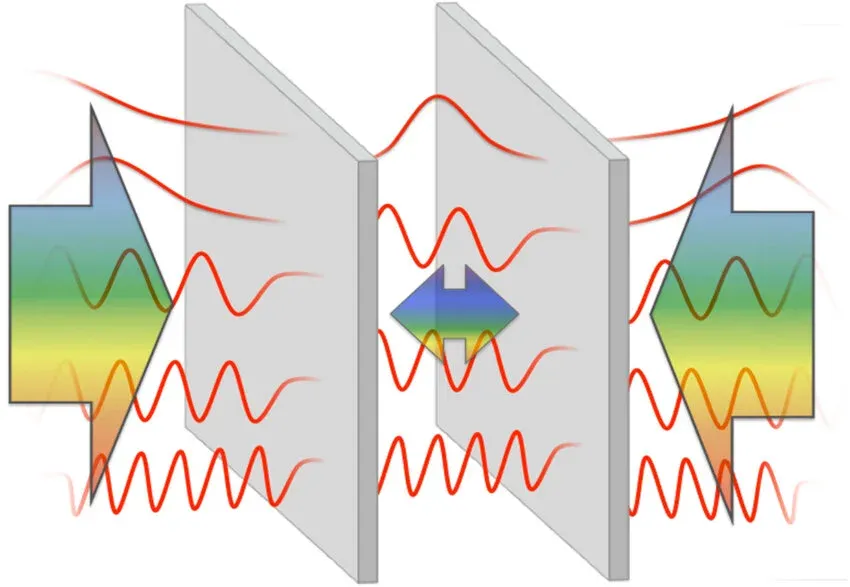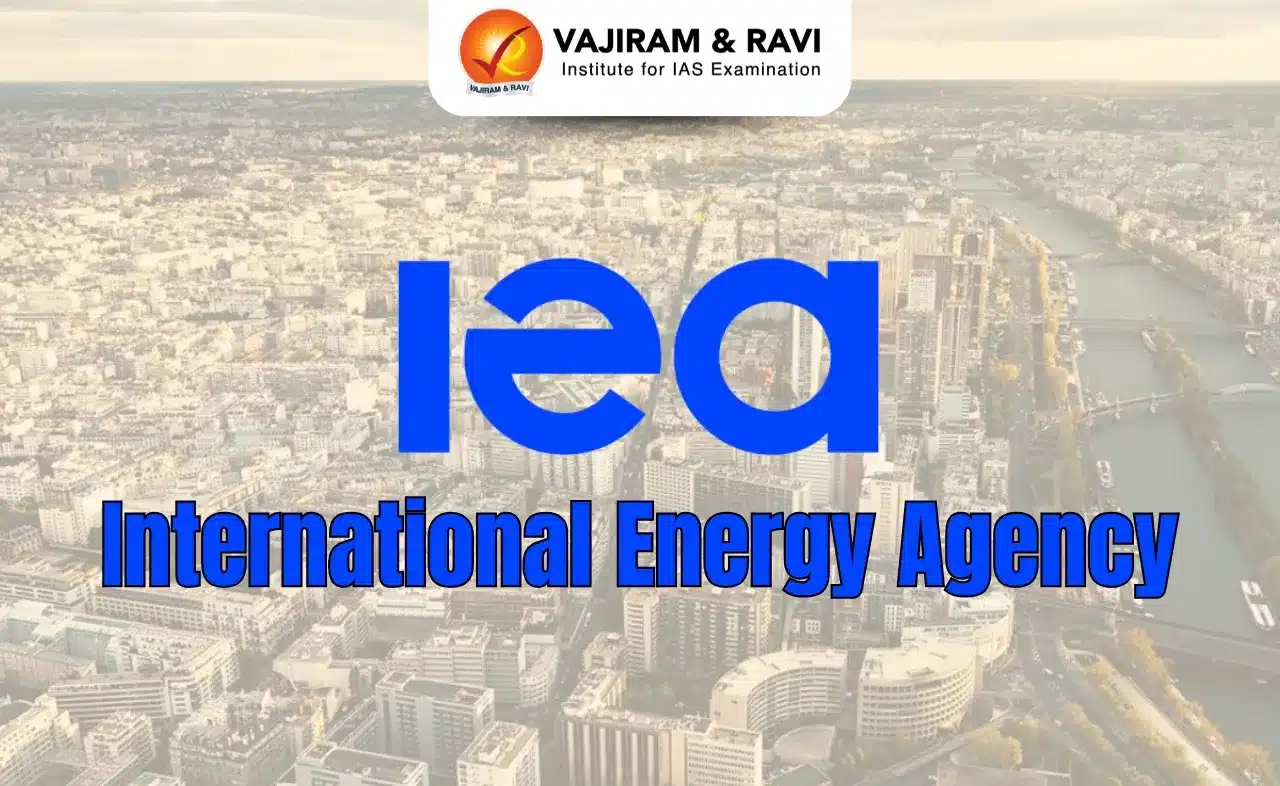About Casimir Effect:
- The Casimir effect is a physical phenomenon that occurs in quantum field theory where two uncharged conducting plates,positioned very closely, experience an attractive force known as the Casimir force.
- This force arises from the quantum vacuum fluctuations of the electromagnetic field between the plates.
- In quantum field theory, the vacuum is not truly empty but rather filled with fleeting virtual particles and fluctuations in electromagnetic fields.
- Even though the space between the plates may seem empty, it’s actually filled with virtual particles constantly appearing and disappearing.
- These particles influence the electromagnetic field, leading to a net attraction between the plates.
- The effect was first predicted in 1948 by Dutch physicist Hendrik Casimir during his research on colloidal solutions.
- This effect has been experimentally verified and finds applications in various fields, such as nanotechnology and condensed matter physics.
- It has also contributed to our understanding of fundamental physics, including the nature of vacuum energy.
- Experimental physicists have recognized its impact on micromachined devices, while advancements in instrumentation have allowed for more accurate measurements of the force.
- Example of Casimir Effect:
- When colloidal particles are suspended in a vacuum, they experience the Casimir force due to their proximity to other surfaces.
- This force, which can be either attractive or repulsive depending on the separation distance and the dielectric properties of the surrounding medium, influences the motion and interactions of the colloidal particles.
- For example, if two particles are close enough, they may experience an attractiveCasimir force that pulls them together, leading to aggregation.
Q1: What is a Colloid?
A colloid is one of the three primary types of mixtures, with the other two being a solution and suspension. A colloid is a mixture that has particles ranging between 1 and 1000 nanometers in diameter, yet are still able to remain evenly distributed throughout the solution. These are also known as colloidal dispersions because the substances remain dispersed and do not settle to the bottom of the container. In colloids, one substance is evenly dispersed in another. The substance being dispersed is referred to as being in the dispersed phase, while the substance in which it is dispersed is in the continuous phase.
Source: Scientists Discovered How to Control the Casimir Effect—and Supercharge Tiny Machines
Last updated on June, 2025
→ UPSC Notification 2025 was released on 22nd January 2025.
→ UPSC Prelims Result 2025 is out now for the CSE held on 25 May 2025.
→ UPSC Prelims Question Paper 2025 and Unofficial Prelims Answer Key 2025 are available now.
→ UPSC Calendar 2026 is released on 15th May, 2025.
→ The UPSC Vacancy 2025 were released 1129, out of which 979 were for UPSC CSE and remaining 150 are for UPSC IFoS.
→ UPSC Mains 2025 will be conducted on 22nd August 2025.
→ UPSC Prelims 2026 will be conducted on 24th May, 2026 & UPSC Mains 2026 will be conducted on 21st August 2026.
→ The UPSC Selection Process is of 3 stages-Prelims, Mains and Interview.
→ UPSC Result 2024 is released with latest UPSC Marksheet 2024. Check Now!
→ UPSC Toppers List 2024 is released now. Shakti Dubey is UPSC AIR 1 2024 Topper.
→ Also check Best IAS Coaching in Delhi
























